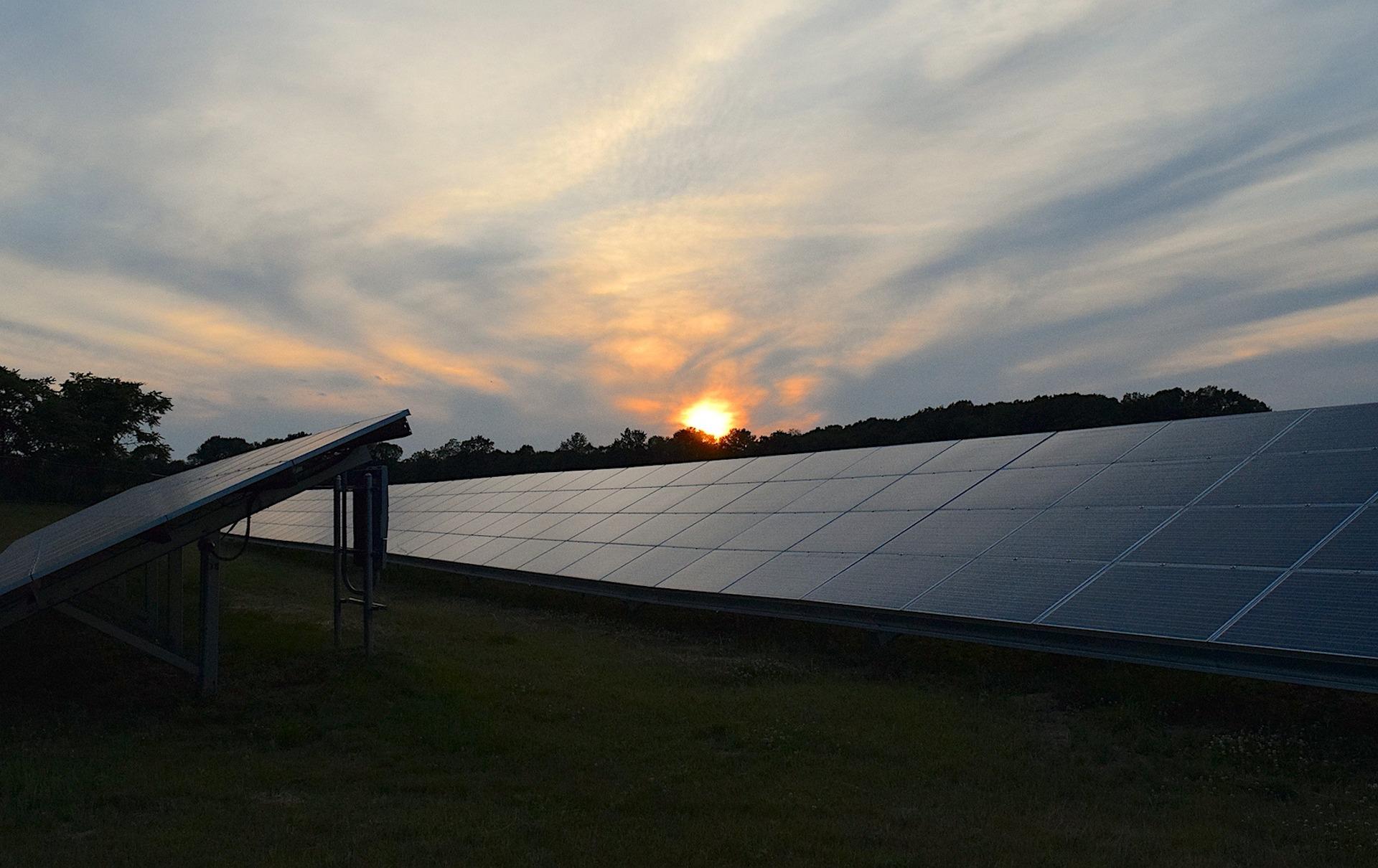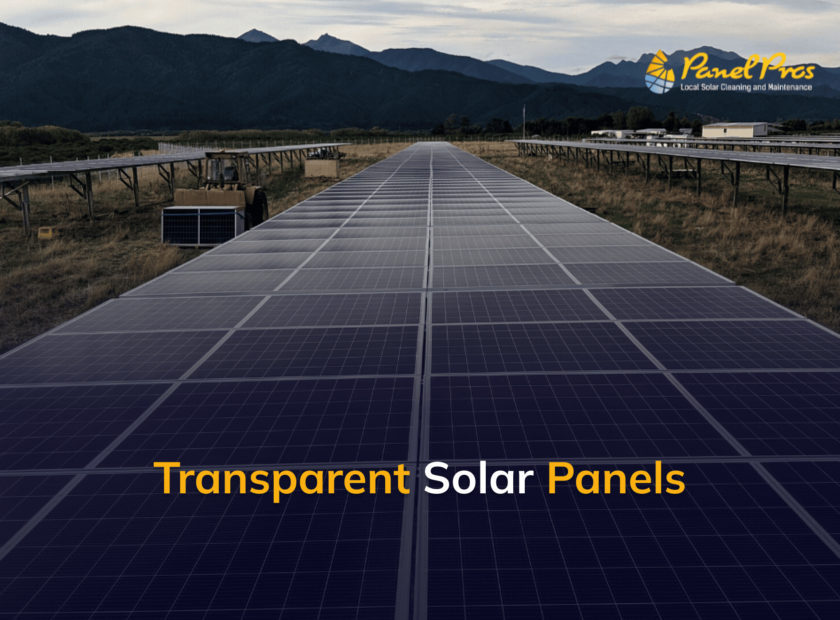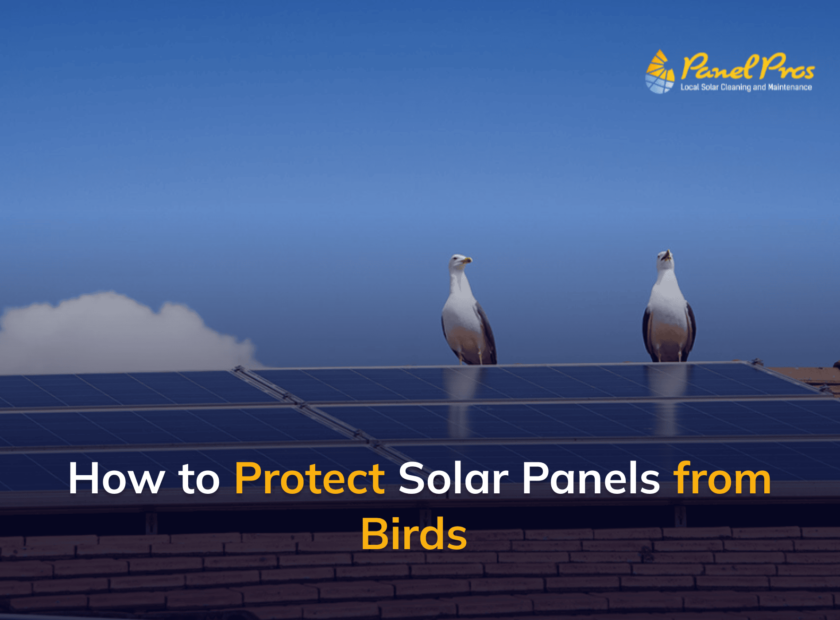As the solar industry matures, solar owners are discovering that regular cleaning can save them thousands of dollars over the lifetime of their system in production losses averted and major repairs avoided. If that’s news to you, don’t worry! You’re not alone, and Panel Pros is here to help. The truth is that dirty solar panels can lead to the solar cell, panel, and system failure. Below is a summary of how this happens. For a more detailed analysis, we invite you to read our full white paper on the subject.


Overheating
How? Soiling/shading leads to overheating of solar cells and panels. Soiling is just a type of shading on solar systems (one that doesn’t go away unless you clean it!), and shading of solar systems generates hot spots.
How do hot spots form? Solar cells, panels, and systems are all designed to work together. Whenever one cell or panel is experiencing different levels of the sun (as in voltage/amperage) than the rest, it puts stress on the rest of the system. That’s because the soiled cell – which was designed to act as a conductor – basically acts as a resistor in the electrical design. That stress causes system components to severely degrade and eventually break down.
Think of a heart attack. A dirty solar cell or panel is like an artery that begins to clog. If enough arteries (solar cells/panels) stop pumping the whole system can have a heart attack and shut down.
One practical way this can begin to happen is through the frame design and installation angle of solar panels. For most solar panels, the frame catches some water at the bottom of each panel. If this water or condensation has any kind of soiling in it, this leads to a soiling buildup which then causes overheating of the affected cells. The solar panel below most likely is experiencing partial shading due to an accumulated dust layer on the lower edge of the panel, an example of which can be seen in the picture below.
Under partial shading conditions, the other cells are not only limited to operating at the current level of the shaded cell but also tend to force current through the cell, causing it to heat up as the cell behaves as a resistor and dissipates the current. This can highly accelerate the aging of the cell’s surrounding materials, particularly the protective layer, and back sheet. Not only does this shorten the lifetime of the panels, but it also may jeopardize the safety of the panel and the entire installation itself.
Soiling is linked in many studies to hot spots with many sources even indicating that soiling is the primary factor in their formation. As summarized by the National Renewable Energy Laboratory, a leader in renewable energy implementation and successful operation, “Soiling reduces the energy output of the PV array and can lead to localized hot-spot failures if the soiling is uneven. Efforts should be taken to reduce uneven soiling.”
Rain is not enough to clean your solar panels
One of the biggest misconceptions about solar is that rain will properly clean your solar panels. And most serious discussions about the effects of soiling conveniently shift the conversation to the cost-benefit analysis of the cost of cleaning versus the production losses that come with dirty solar panels. But this angle misses the point:
“ Soiling of solar systems is not about the economic trade-off between production losses and the cost of cleaning, but rather the fact that soiling can lead to component breaks down and eventually system failure”
In rare circumstances, rain can be enough to sufficiently clean your solar panels, but this is kind of like saying that rain will properly clean your car for 20 years – it`s pretty rare. And just imagine how often you would clean the outside of your car if it significantly impacted the long-term health and performance of your engine …
For arguably all commercial installations and most residential areas without high amounts of very frequent rain, the idea that rain is sufficient to clean your panels is incredibly inaccurate. A basic explanation is that rain can wash off loose (new) soiling particles, but not much else. If dust, grime, or pollen has had time to settle on your panels, rain is simply not enough. Throw in a flat installation angle and/or humid environments and the situation gets worse – rain is no match for soiling under these conditions. For a more thorough explanation see part 4 of our white paper.
Humidity plus pollen? Watch out
For arguably all commercial installations and most residential areas without high amounts of very frequent rain, the idea that rain is sufficient to clean your panels is incredibly inaccurate. A basic explanation is that rain can wash off loose (new) soiling particles, but not much else. If dust, grime, or pollen has had time to settle on your panels, rain is simply not enough. Throw in a flat installation angle and/or humid environments and the situation gets worse – rain is no match for soiling under these conditions. For a more thorough explanation see part 4 of our white paper.
For most humid climates, waking up to a layer of dew on the grass is a normal thing. Coupled with the frequent shedding of pollen in some areas, this reality is potentially hazardous for solar owners. In short, the “stickiness” of pollen and dew work together to form a cement-like substance on your solar panels every humid morning that pollen falls on your panels.
The flat installation angle of the above picture compounded the effect of pollen and humidity working together; basically, the panels are so flat rain was never allowed to help in the cleaning and washing of the panels. This system has been rendered completely inoperable due to soiling.
Pollen’s relative “stickiness” as an organic particle contributes to higher levels of overall soiling as well as stronger bonds between the dust particulates themselves and the dust with the solar panel. Solar installations in areas of high pollen counts may expect to need a wet-cleaning strategy to properly clean the panels.
If no attention is paid to this phenomenon, potentially disastrous consequences may ensue. Another example of a completely inoperable system due to soiling can be seen in the next picture. One may see from the photo that the dust profile is largely pollen-based.
In this situation, pollen falling on a mildly wet surface (dew) morning after morning for years without cleaning led to a hard crust-like covering being cemented on the panels. This not only limits the amount of sun that enters the panels significantly (leading to underproduction) but more importantly has led this system to be completely non-functional due to the disastrous effects of overheating of solar components as described above.
Corrosion
In addition to the issue of hot spots and their long-term effects on solar systems, corrosion also poses another challenge. Over time, degradation of solar panel protective coverings due to soiling and even improper cleaning methods may render a particular system much less efficient, or even completely ineffectual. Usually, the degradation occurs either due to an abrasive effect, such as by harder sand particles scratching the surface during a dust storm or improper cleaning, or by a prolonged process of the particulate matter chemically bonding to the surface and causing damage when removed.
A solar system owner can take steps to prevent high levels of chemical adherence of the particulate soiling to the surface as well as to prevent damage upon removal of such bonded layers. The white paper linked below helps the reader to identify such precursors of chemically-bonded soiling for proper preventative maintenance.
Conclusion
Was that a lot?! Again, don’t worry. All of this can be taken care of with just one text or phone call to us. We have memberships, and cleaning packages, and are always on call to keep your solar running for the long haul.
For those of us who like to get into the science of solar, this summary only begins to scratch the surface (no pun intended) of the long-term effects of soiling on solar systems. A link to a more detailed analysis can be found below. Nonetheless, we hope this has been a good introduction to the scientific reality that soiling can lead to hot spots which cause component and system failure over time.






